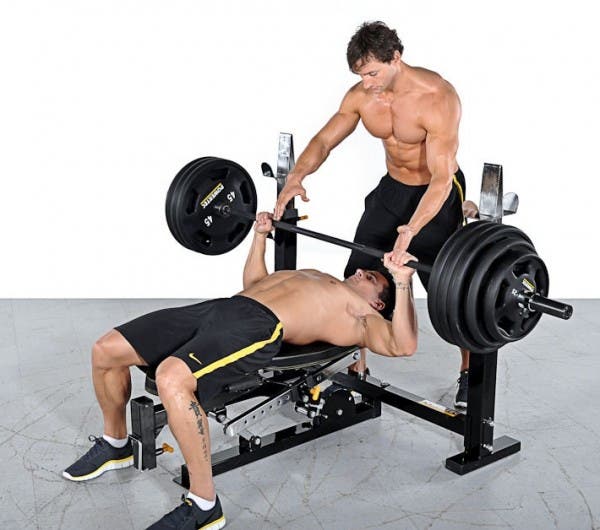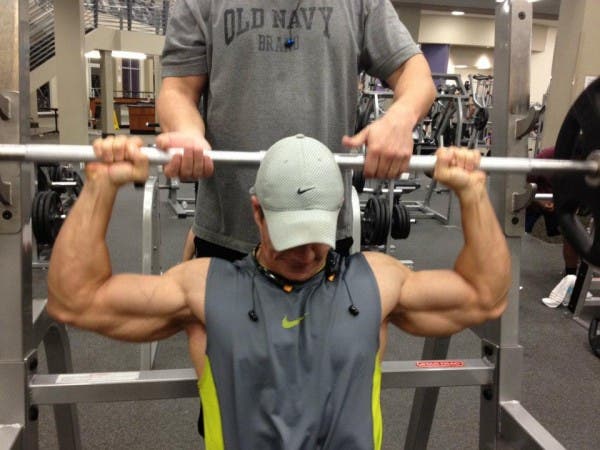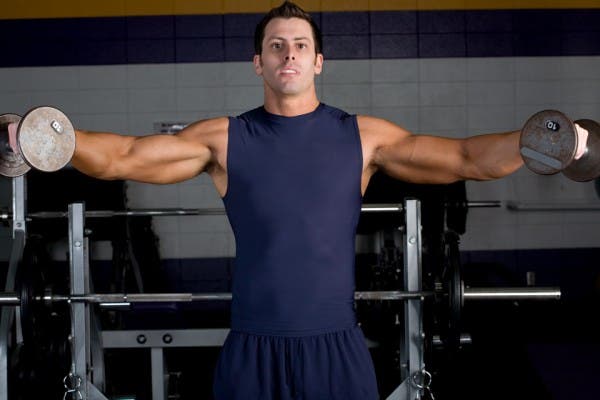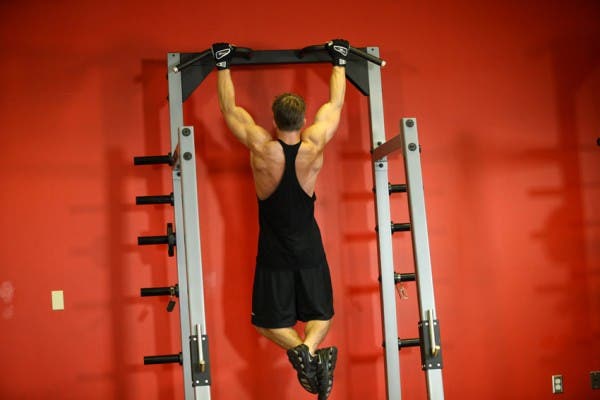The shoulder is a joint very prone to injury in weight training, due to its structure and the forces to which it is subjected in almost all upper body exercises and part of the lower body exercises. The shoulder joint is unstable by nature, as the head of the humerus moves around a much smaller concave base than this called the glenoid socket.
It is the most mobile joint in the human body, so much in fact that the head of the humerus can move up to 2.5 cm from the glenoid during normal movement. However, this excessive mobility, as well as the proximity of bones, muscles, tendons, ligaments and bursae, cause a small inflammation of a muscle to cause friction with neighboring structures that can aggravate the original injury as well as damage healthy tissues and even hinder your recovery.
The stability of the shoulder depends on all the aforementioned structures, especially the muscles that are part of the rotator cuff (supraspinatus, infraspinatus, subscapularis and teres minor) together with the pectoralis. Due to their great mobility, their structures collide with relative ease and frequently cause tendonitis and degeneration of cartilage tissue.
The exercises in which more care must be taken are the following:
- Bench press : flat, inverted and especially on the incline. The main guideline to follow is never to go below 90º of shoulder flexion, that is, just as far as your elbows reach your shoulders. It is also advisable to perform the exercise at a moderate speed, avoiding dropping the bar and braking it abruptly, or worse, letting it bounce off the chest, which can cause injury to the sternum joint with the ribs. Yes, we know that the “academic” movement that most gym instructors teach consists of lowering the bar until it touches the chest, even if the elbows exceed the horizontal of the shoulders, but you have to have prodigious shoulders and good luck so that by performing the full movement with a relatively strong weight we do not have tendonitis in the shoulder that can leave us out of the gym for several months.

- Shoulder press: especially if it is done behind the neck, since the stability of the shoulder is more compromised in that position, and the structures are subjected to greater stress. The guideline would be the same as we have mentioned previously, that is, do not lower our elbows beyond the horizontal of the shoulders, as we would put too much load on the muscle attachments of the rotator cuff.

- Lateral raises: it is advisable that our elbows, have the flexion they have (we advise that there be a slight flexion), never exceed the horizontal of our shoulders, so as not to cause a possible inflammation of the tendons, especially the supraspinatus.

- Calisthenic exercises : these are all those exercises that we perform with our own weight (pull-ups, parallel dips, planks, etc.), in which we must take into account the indication that we did in the bench press exercise to perform the exercise of In a controlled manner and not letting the body fall abruptly but also working the eccentric phase of the exercise stabilizing the shoulders, for example, when lowering in the chin-ups, never letting the body fall by plumb “lowering” our shoulders, that is, when we With the arms outstretched, there must be the sensation that our shoulders and scapulae are supporting the weight of the body, and not the bar through our hands.

That said, and by way of conclusion, to say that in addition to performing the exercises with a refined technique, it is advisable to never skip the warm-up and stretching before and after training, being like a ritual every time we go to the gym. If you have any questions regarding the warm-up and stretching, I refer you to the excellent article that we wrote in previous weeks.
Next week we will close the trilogy of the target joints of the injuries with another joint that gives us more of a headache in our training: the knees. Greetings and we hope that our advice will be useful to prevent injuries.
Source : Essentials of strength training and conditioning, Thomas R. Baechle, Roger W. Earle; NSCA.
